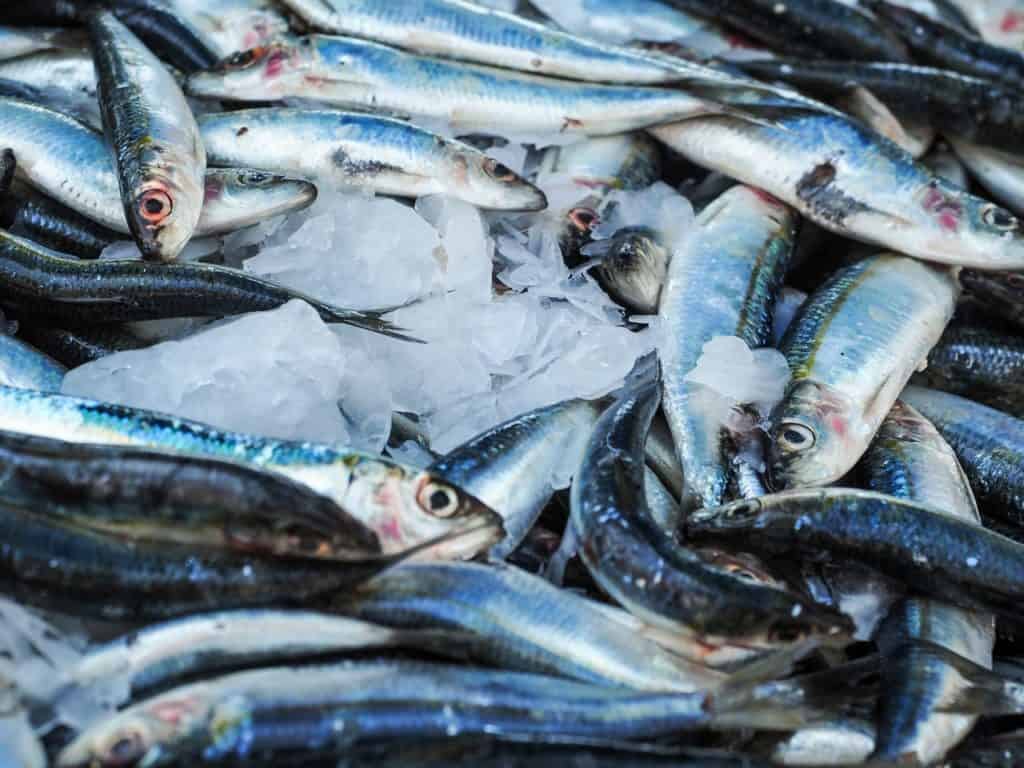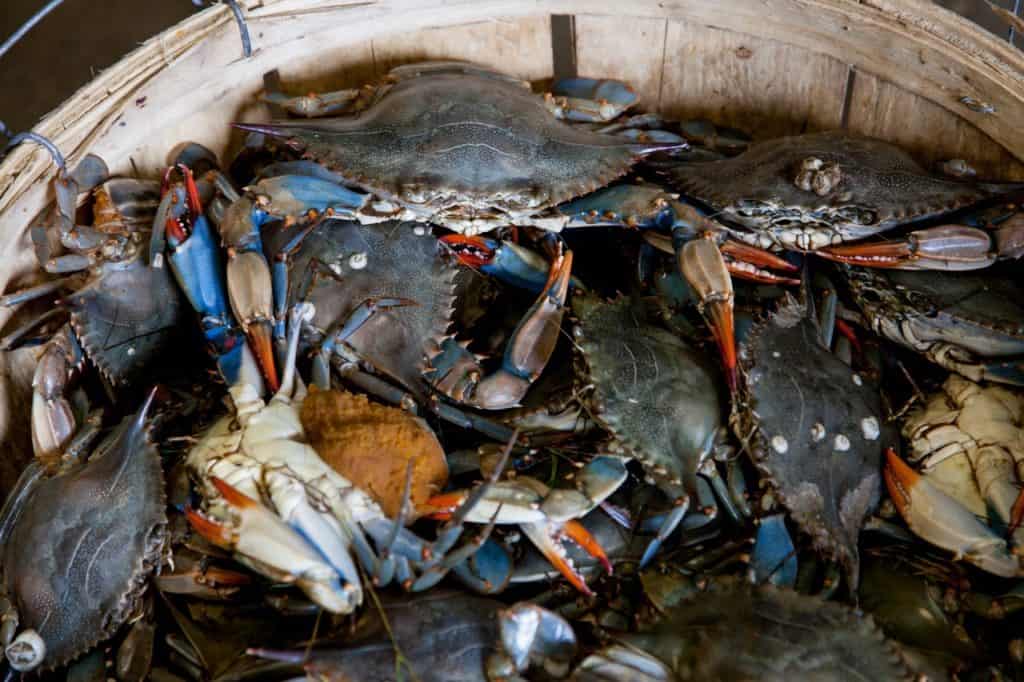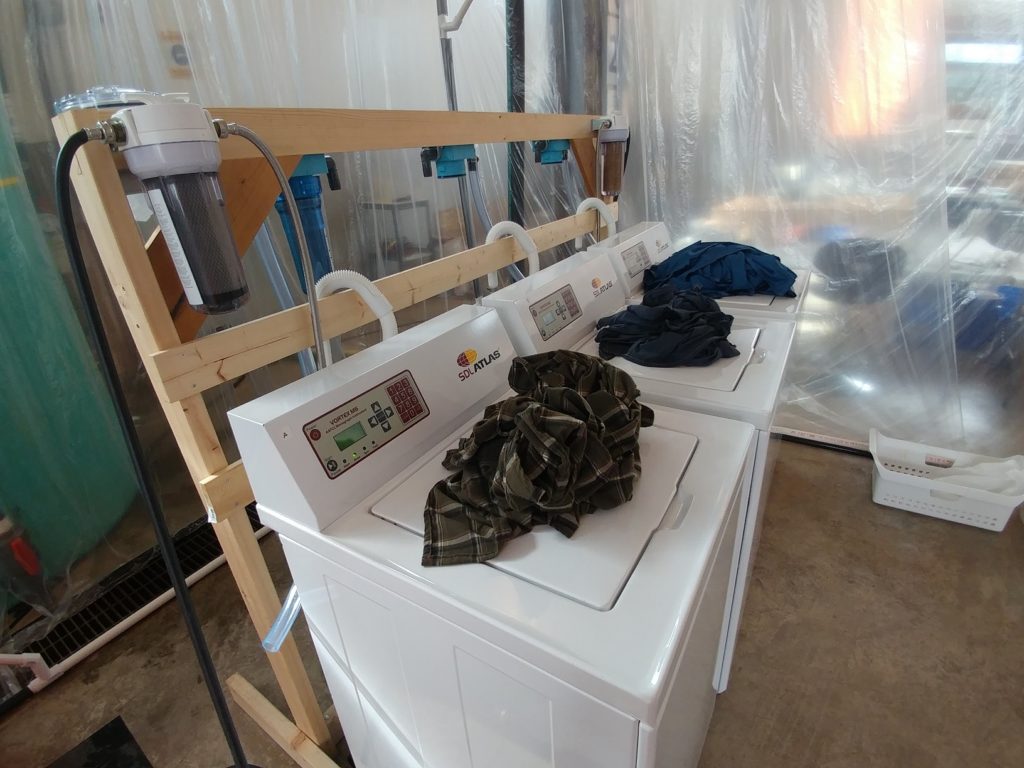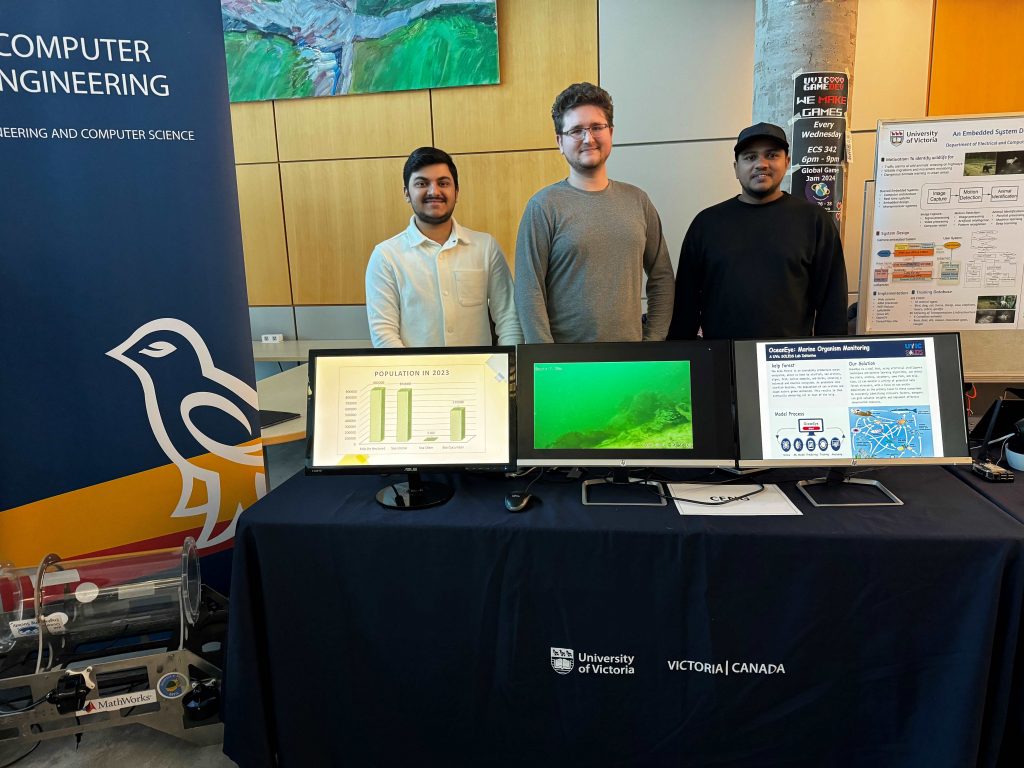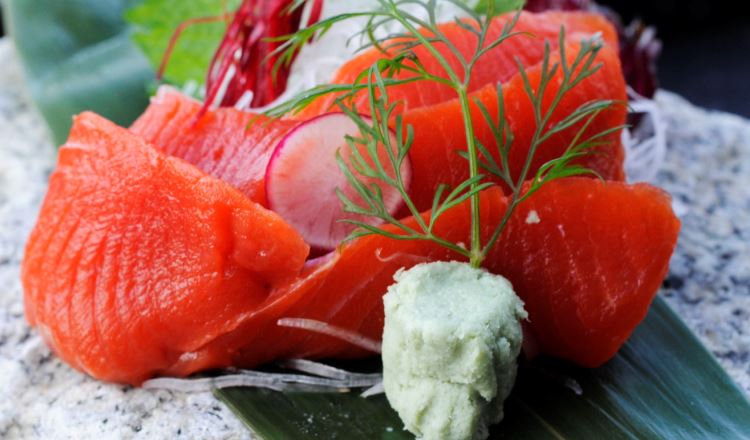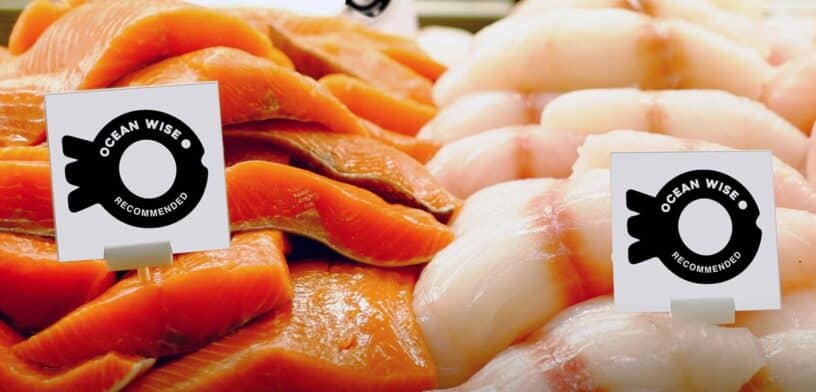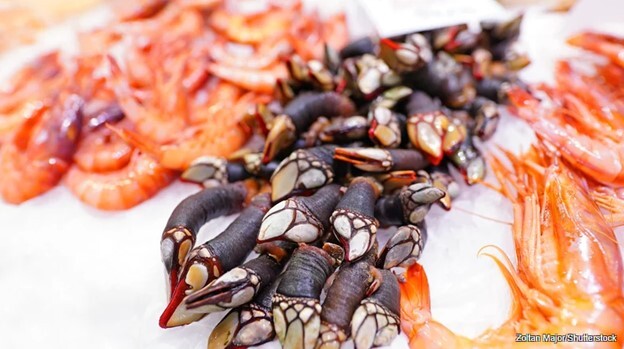
Different and Delicious: Get Adventurous with Unique Invertebrates!
Written by Ocean Wise Sustainable Fisheries & Seafood, Science Lead – Samantha Renshaw.
What is an invertebrate?
Shrimp, calamari, crab, and oysters. These common seafood items have one thing in common… care to take a guess? They are all invertebrates!
Invertebrates are animals that lack a vertebral column (also called a spine or backbone). Invertebrates are the most abundant and diverse animal group on earth, living both on land and in water. Aquatic invertebrates can be found in freshwater and marine ecosystems and include many animals that we eat, like crabs, lobsters, squids and clams! A very popular category of invertebrates are mollusks, including abalone, conch, oysters, clams, octopus and more (over 50,000 species). This group is characterized by their soft bodies, and may have a hard external or internal shell, or lack a shell altogether. Shrimp, lobsters and crabs on the other hand, belong to a subcategory of invertebrates called crustaceans that are closely related to insects, possessing a body covering or shell.
Ocean Wise Recommended Invertebrates
Ocean Wise provides recommendations for 144 different species of invertebrates. These species are either farmed or wild caught and harvested from regions around the world. Invertebrates commonly consumed in North America include clams, crab, lobster, mussels, octopus, oysters, scallops, shrimp, and squid. However, there are several less frequently encountered spineless seafood options you may be less familiar with…dive in to check out some of Ocean Wise Seafood’s more unique invertebrate recommendations!
Unique Ocean Wise Recommendations
*The following species are available from Ocean Wise Seafood partners
Abalone

Recommended Species: Brownlip (Haliotis conicopora), Greenlip (H. laevigata), Roe’s (H. roei)
Where: Western and Southern Australia, Worldwide
Harvest Method: Farmed and wild
Fun Facts: Pronounced ab-ah-LOW-nee, abalone are similar to snails and live in colonies attached to rocks, piers, or other hard structures near sea-level.
Seafood: Abalone can be consumed hot or cold and can be prepared plain, grilled, marinated, fried, or in sauces.
OW Partners: Ocean Mama, British Columbia – Supplying Canadian with high quality seafood for over 30 years, Ocean Mama products are served at many fine restaurants and can be found at retailers across Canada.
Barnacles

Recommended Species: Leaf barnacle (Pollicipes polymerus)
Where: Canada, British Columbia (Northeast Pacific Ocean)
Harvest Method: Wild using Hand-Implements
Fun Facts: Commonly known as gooseneck barnacles, they attach themselves to rocks in clusters throughout the intertidal zone using a glue-like substance that helps them endure the crashing of strong waves.
Seafood: They are considered a delicacy in Europe, with pale pink meat and often prepared boiled.
OW Partners: Ha’oom Fisheries Society, British Columbia – Cooperative of First Nations commercial rights-based fisheries offering gooseneck barnacles or “C̓aʔinwa” as they are called in Nuu-chah-nulth.
Sea Urchin

Recommended Species: Rea Sea Urchin (Mesocentrotus franciscanus), Green Sea Urchin (Strongylocentrotus droebachiensis).
Where: Northeast Pacific (British Columbia, Canada, Alaska, Oregon, Washington), Eastern Central Pacific (California), Northwest Atlantic (New Brunswick, Newfoundland and Labrador, Nova Scotia, Quebec).
Harvest Method: Wild, caught by divers
Fun Facts: Related to starfish and sea cucumbers, sea urchins are covered in spines that act like amour against predators.
Seafood: Most often consumed fresh as Uni for sushi.
OW Partners:
Les Pecheries Norref, Quebec. A leader in seafood supply and distribution in Quebec, has carried urchin in the past when available.
Afishianado, Nova Scotia. A female owned and operated fish monger carries a wide variety of fresh, frozen, and tinned seafood and has previously supplied sea urchin from Atlantic Canada.
*The following aren’t currently available from any of Ocean Wise Seafood partners, but are still Ocean Wise recommended species.
Cockles

Recommended Species: Common (Cerastoderma edule), New Zealand (Austrovenus stutchburyi), Goolwa (Plebidonax deltoides), and others.
Where: Worldwide, New Zealand, Northeast Atlantic, Eastern Indian Ocean
Harvest Method: Farmed and wild (misc. gear).
Fun Facts: Although similar in shape to clams, cockles are their distant cousins, and have a heart-shaped shell that is rounded and ribbed unlike clams.
Seafood: Boasting a more subtle, less salty flavour than clams, cockles can be consumed and prepared the same – boiled, steamed, or raw.
Conch

Recommended Species: Queen Conch (Aliger gigas)
Where: Honduras and Puerto Rico
Harvest Method: Wild – diving
Fun Facts: Queen conch is a mollusk like clams and oysters. Conch shells are popular tourist items and often turned into jewellery.
Seafood: A staple in Caribbean, conch is often prepared as a salad (like ceviche), fried into fritters, or grilled.
Sea Cucumber

Recommended Species: Giant Red Sea Cucumber (Parastichopus californicus), Pilbara (Holothuria scabra)
Where: British Columbia, Canada and Eastern Indian Ocean
Harvest Method: Diving and hand implements
Fun Facts: A delicacy in many Asian cultures, sea cucumbers have been fished for over 170 years and are used frequently in traditional medicines. Sea cucumbers are capable of expelling their internal organs (and regrowing them) when under attack from predators.
Seafood: Can be eaten pickled, raw, fried, or dried and added into various recipes once rehydrated.
Whelk

Recommended Species: Common Whelk (Buccinum undatum)
Where: Northeast Atlantic
Harvest Method: Farmed (pots)
Fun Facts: As sea snails, Whelks shells grow with the animal inside. The part of the animal we consume is called the ‘foot’.
Seafood: Can be prepared and consumed shelled, or with the shell still attached. Often boiled as served with garlic butter in European cuisine, whelk can also be grilled, fried or added to other dishes like pasta.
We hope this info encourages you to try some of these lesser-known sustainable seafood options – go forth and be adventurous!
Please note these descriptions cover facts about OW recommended species only, they do not encompass total global production or species distribution, nor species and locations that are “Not Recommended” by Ocean Wise. Please visit seafood.ocean.org/seafood/ for more detailed and most up-to-date information regarding our recommendations.
Posted June 15, 2022 by Rosemary Newton
